
The skin of the feet is particularly susceptible to various problems, from cuts and bruises and infections to dryness, calluses and cracked skin. Walking barefoot, in flip-flops or sandals is bound to make the skin dry, rough and hardened, with areas where the hardened skin might even crack. The cracks can be very painful and they can also lead to infections, which is why such skin needs to be repaired. One of the essential means for repairing cracked skin is pumice stone.
What is pumice stone
Pumice stone is a traditional tool for removing dead skin cells on the hardened areas of the skin. Pumice is essentially a volcanic rock formed from solidified lava after volcanic eruptions, especially if the lava mixes with water after the eruption and cools down very quickly.
Pumice has many purposes. In construction, it is used to make breeze blocks and it can be mixed with cement. As such, it was one of the main construction materials in ancient Rome, for aqueducts and even for the dome of the famous Pantheon. Pumice is also used to make stone-washed or faded jeans.
Of course, one of the most popular uses of pumice stone is in cosmetics, where it makes a powerful exfoliant. It can be purchased at low price in any drugstore or cosmetics department in the supermarkets. Today, it comes in many shapes, color and even fragrances.
Pumice stone for feet
Since pumice stone is an exfoliant, it is used to remove layers of dead skin cells of the body. However, it may be too harsh to use on normal skin, which is why its purpose is mostly limited to feet. Hardened and dry skin of the feet can be particularly difficult to repair and pumice stone is probably the best remedy.
In order to repair cracked and hardened skin of the feet or to remove calluses, it is best to use pumice stone after soaking the feet for 15 to 20 minutes in warm water, possibly with some essential oils, liquid soaps and similar. After the skin of the feet becomes good and soft from soaking, it needs to be thoroughly dried. Pumice stone is then used to rub off layers of dead skin cells that form calluses and hardened areas.
Rubbing should be gentle but thorough. If it is too intensive, it may cause scratches, irritation and even bleeding. Not all of the dead skin cells must be removed at one time. Pumicing should be done daily, and after only a few days or one week of this routine, the skin will go back to normal and the feet fill be nice and soft again.


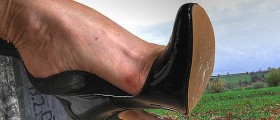
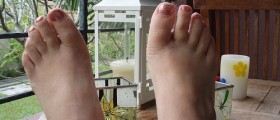
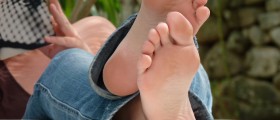
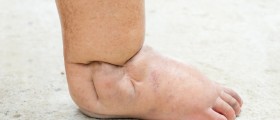
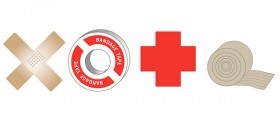

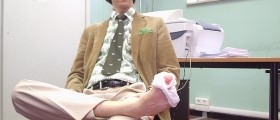

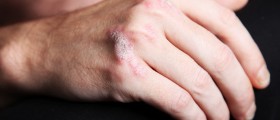
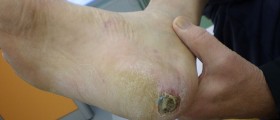

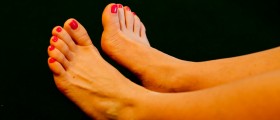


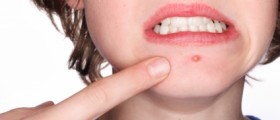
Your thoughts on this
Loading...